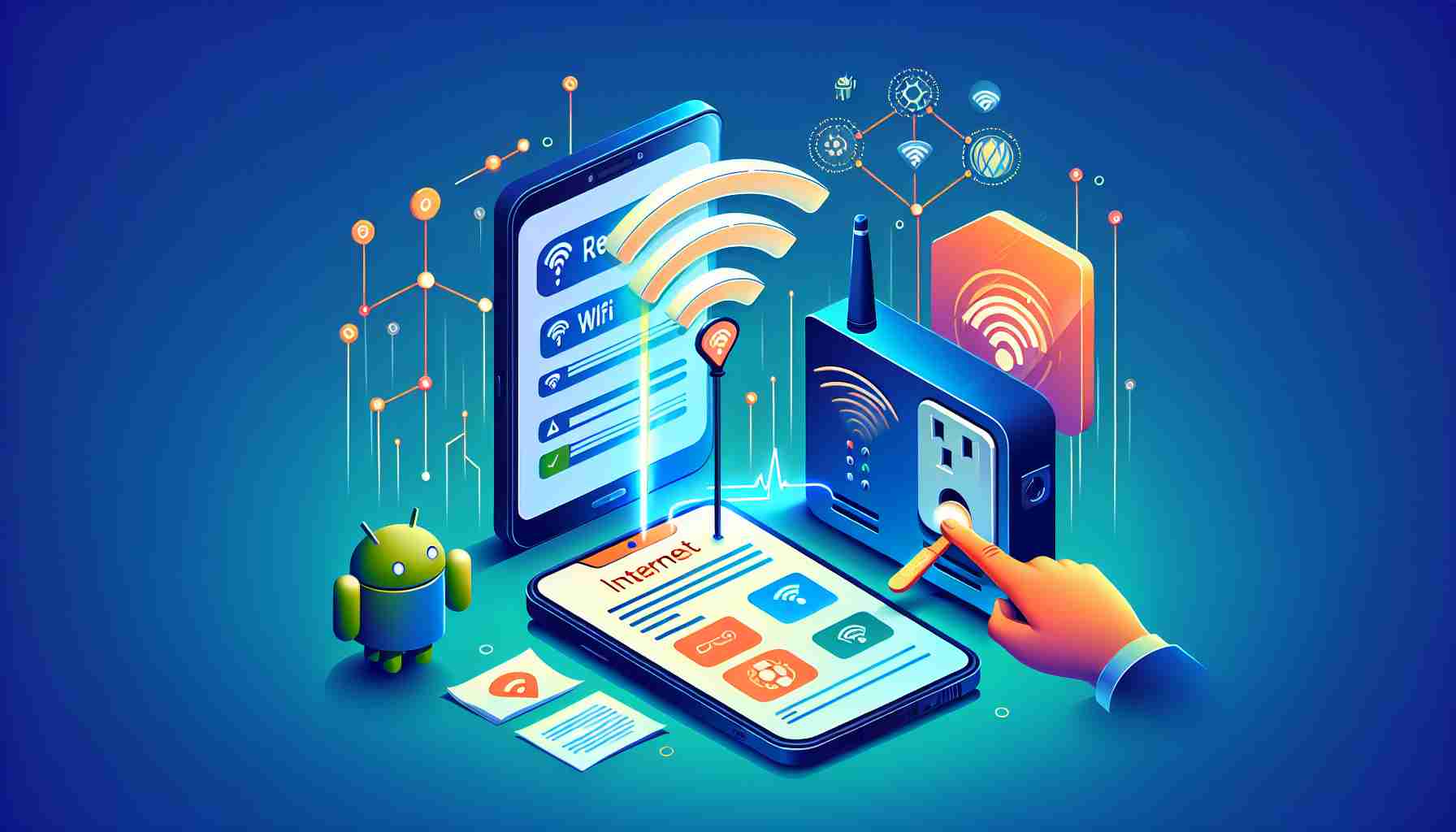Trouble with your Android’s internet connectivity? It can be exasperating to stare at the “No internet connection” error, especially when you’re in desperate need of it. However, before you fork out cash for a data booster, ensure this isn’t just the end of your data plan or a connectivity issue.
If you still have remaining daily data, try these five quick and effortless troubleshooting steps to reboot and smoothly run your phone’s internet connection.
Restart Your Android Device
Oftentimes, simply rebooting your phone can resolve various technical issues, including internet connection woes. Power off your device and wait a few minutes before rebooting. This can clear any temporary glitches and refresh your network connection. Alternatively, toggling airplane mode on and off can also restart the network connection without restarting your phone.
Update Your Phone and Apps
Cold software often leads to performance issues, encompassing slow network speeds. Keeping your Android phone’s software updated ensures the latest bug fixes and improvements, which may include enhancements to internet connectivity. Check and install any available software updates through the settings menu.
Navigate to Settings > System update. Download any available updates to remain on the cutting edge.
Furthermore, regularly updating your apps ensures compatibility with your current operating system and optimized performance.
Clear App Cache and Software Updates
As with personal computers and laptops, cache from apps and Android itself can accumulate over time, potentially slowing down your internet speed. Clearing cached data from your frequently used apps and web browser can enhance performance. Also, if excessive apps are open in the background or numerous websites are open in your browser, close them to alleviate unnecessary data usage.
Monitor Data Usage and Background Applications
Heavy data usage or numerous background apps can throttle your network speed. Check your data usage in the settings menu to detect if a particular app is consuming more data than usual. Restrict background data usage for selective apps in the settings, allowing you to prioritize network speed for your most-used applications.
Reset Your Network Settings
If you’ve tried the aforementioned tips and still encounter connectivity issues, consider resetting your network settings. This will revert all network settings back to their default configurations, often resolving persistent issues.
To reset the settings, go to the settings menu, navigate to the “System” section, select “Reset,” and choose “Reset network settings.” Remember that resetting also removes saved Wi-Fi networks and Bluetooth connections, so you might need to reconnect afterward.
Understanding Possible Reasons for Connectivity Issues on Android
Android users frequently encounter internet connectivity problems, which can be due to various factors:
1. Hardware issues: Damaged antennas or routers can affect connection strength.
2. Software glitches: Bugs can sometimes disrupt connectivity, which updates can resolve.
3. Network congestion: Heavy traffic on networks can cause slow speeds or disconnections.
4. ISP or service provider problems: Issues on the end of the internet or cellular service provider can disrupt service.
5. Inadequate signal strength: Being too far from a Wi-Fi router or in an area with poor cellular coverage can lead to connectivity issues.
Key Questions and Answers:
– Why is my Android phone connected to Wi-Fi but not accessing the internet?
This might be due to router problems, incorrect Wi-Fi settings, or ISP outages.
– Can software updates affect my internet connection?
Yes, updates can sometimes introduce bugs, but they more commonly fix existing issues — including those related to connectivity.
– How can I prevent my Android phone from consuming too much data?
Monitor app data usage and restrict background data for specific applications in your settings.
Key Challenges:
1. Diagnosing the exact cause of connectivity issues can be tricky.
2. Navigating Android settings to adjust the right parameters can be complex for non-technical users.
Controversies:
1. Data usage by apps: Some apps consume data in the background, leading to debates about privacy and the need for better user controls.
Advantages of Effective Troubleshooting:
– Saves money on unnecessary data boosters or technician visits.
– Provides increased control and understanding of your device’s functionality.
Disadvantages:
– Requires time and patience to troubleshoot.
– Resetting network settings can be inconvenient due to the loss of saved networks.
For further information and support on Android-related issues, visit the Google Support website: Google Support. If you are experiencing persistent issues with your internet service provider, visiting their official website can be of assistance.
The source of the article is from the blog hashtagsroom.com
